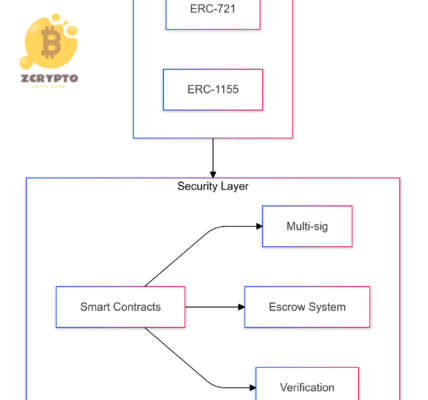Understanding the Farmers Home Administration (FmHA): Loans, Rural Development, and Historical Impact
The Farmers Home Administration (FmHA), established in August 1946, was a pivotal agency in the United States dedicated to extending credit for agriculture and rural development. Over its nearly six-decade existence, FmHA played a crucial role in transforming rural landscapes and lives. Although its functions were eventually transferred and the agency was terminated in 2006, its legacy continues to shape rural development and finance.
History and Evolution of FmHA
Establishment and Predecessors
The Farmers Home Administration was born out of the need to replace the Farm Security Administration and the Resettlement Administration, which were instrumental during the Great Depression. These predecessor agencies aimed to alleviate poverty and provide financial assistance to farmers, setting the stage for FmHA’s broader mission.
Key Milestones
Between 1947 and 1994, FmHA significantly expanded its credit availability and increased loan sizes, making it easier for farmers and rural residents to access financing. This period saw substantial growth in agricultural productivity and rural housing improvements.
Reorganization and Termination
In 1994, FmHA’s functions began to be transferred to the Farm Service Agency, a move that marked the beginning of the end for FmHA as an independent entity. By 2006, all remaining functions, including housing and community programs, were transferred to USDA Rural Development, bringing an end to FmHA’s operations.
Loan Programs and Eligibility
Types of Loans
FmHA offered a variety of loan programs designed to support rural development. These included direct loans and guaranteed loans for housing, farm improvements, water systems, and emergency relief. These loans were tailored to meet the diverse needs of rural communities.
Eligibility Criteria
To be eligible for these loans, applicants had to meet specific criteria such as having a steady income, a positive credit history, and the ability to repay the loan. Additionally, income caps set by the Department of Housing and Urban Development (HUD) ensured that assistance was targeted towards those who needed it most.
Loan Terms and Conditions
Loans from FmHA came with favorable terms such as 30-year fixed-interest rates and no down payment requirements. However, applicants had to pass a repayment feasibility test to ensure they could manage their loan obligations.
Rural Development and Community Impact
Rural Development Initiatives
FmHA’s loan and grant programs were instrumental in driving rural development. These initiatives supported housing projects, community facilities, and other infrastructure essential for rural growth.
Community Impact
One of the notable impacts of FmHA was the increase in African-American land ownership in the South, particularly in Holmes County, Mississippi, during the 1940s. However, despite these gains, black farmers faced significant challenges due to discrimination and were often at the forefront of Civil Rights Movement activities.
Challenges and Criticisms
Discrimination Issues
Despite its positive impact, FmHA faced criticism for favoring larger-scale white farmers over black farmers. This discrimination hindered many African-American farmers from maintaining land ownership and accessing necessary financial resources.
Management and Foreclosure Issues
The General Accounting Office (GAO) highlighted issues with FmHA’s management of inventory property, including an increase in foreclosed farms. This not only had financial implications for the government but also reflected broader systemic problems within the agency.
Legacy and Current Status
Transfer of Functions
The transfer of FmHA’s functions to the Farm Service Agency and USDA Rural Development ensured continuity in rural development initiatives. These agencies continue to build on the foundation laid by FmHA.
Continuation of Programs
Under these new agencies, programs focused on rural housing and community development continue to thrive. The legacy of FmHA is evident in the ongoing support for rural communities through financing options and development initiatives.





